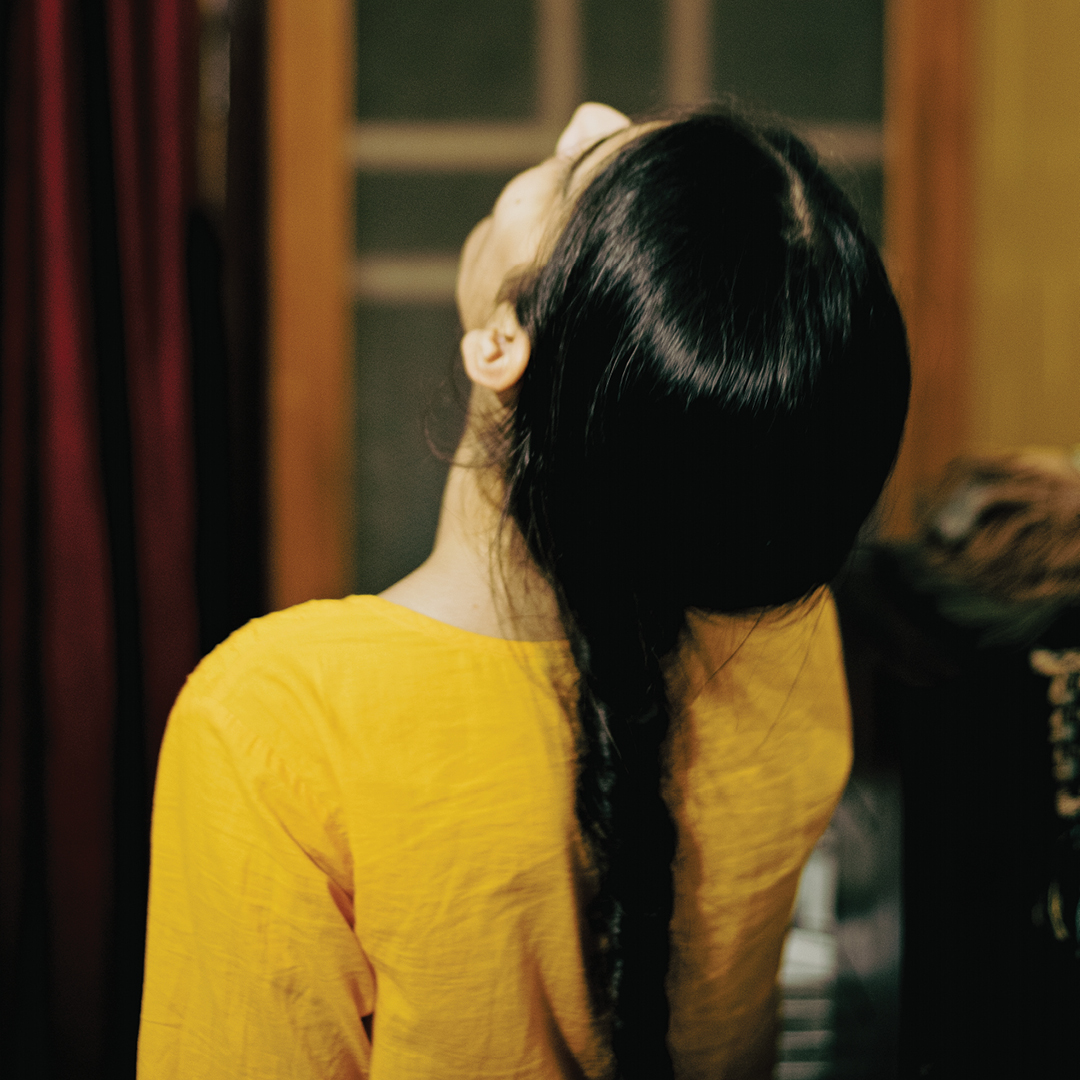
All images © Ali Monis Naqvi
Following the death of his grandmother, Ones To Watch winner Ali Monis Naqvi delivers a tribute to her – and to the community he was raised in
Ali Monis Naqvi was born in the state of Uttar Pradesh, India, in 1995. When he was 17, he relocated to New Delhi, and then eventually to his current home in Goa. He grew up as part of a small Muslim community in the Chamanganj area of Kanpur and was predominantly raised by his maternal grandparents.
It was here that he first became interested in photography, observing his grandfather taking pictures of him and his family using his analogue SLR. “The idea of looking at pictures and going back in time really inspired me,” he recalls. “I am an only child, so photography felt fulfilling and didn’t require the company of others.”
During his childhood, he spent a lot of time with his grandmother discussing nature and wildlife, as they tended to her plants on their rooftop and listened to Urdu poetry on TV. These precious conversations went on to inform the subjects that interest him most as an artist, as well as the deeper theme that runs throughout Naqvi’s practice: home.
Naqvi’s grandmother recently passed away, and their neighbourhood of Chamanganj has since undergone rapid transformation. The loss of these two integral aspects of his life led him to look for familiarity and belonging elsewhere.
The search has taken him across India, resulting in series such as Dastarkhwan, which explores the joining of families at one of the country’s largest mosques. “Growing up in a tight-knit Muslim neighbourhood made me appreciate the feeling of community that is lacking in a big city,” explains Naqvi.
This feeling is even more evident in the photographer’s latest project, Jahan (an Urdu word meaning ‘world’), which serves as a tribute to Naqvi’s grandmother’s profound influence on his life. “The passing of my grandmother was a huge loss and a very traumatic event for me – it felt like I didn’t get any closure,” he says. “So making this project helped me somewhat… This work is dedicated to her because in some way it contains all of our conversations and all of the exciting things that we spoke about and that I wanted to show her.”
The images move between archival photographs of his grandmother and recent photographs of his own, establishing a dialogue between the two. Shots of animals and plants allude to their favourite topics of conversation, while softly lit, intimate portraiture speaks to a desire for closeness.

“Growing up in a tight-knit Muslim neighbourhood made me appreciate the feeling of community that is lacking in a big city”

“I wish I could make you experience the trees, the people, the smell and sounds here that we would often talk about from afar,” writes Naqvi in an open letter to his grandmother, which forms part of the project. “Maybe leaving [Chamanganj] gave me the freedom that I didn’t know before. Maybe I’m starting to learn that home is not rooted to a place but a connection. Maybe that’s why I sometimes imagine you here still by my side as I walk along the river in that last lonely light of the day.”
Naqvi was nominated for Ones to Watch by London-based curator Iona Fergusson, who became aware of his work through Sofia Karim’s Turbine Bagh, a political platform featuring his image. Speaking of the Jahan series, which resonated with her, Fergusson says: “Drawing on image and text, he beautifully conveys the pathos of loss and a longing for home.
“There is a deceptive simplicity to his visual storytelling that belies the weight and complexity of the subjects that he is exploring. The sombre lyricism of his images in Jahan speak of grief and mourning for his lost grandmother, but also act as visual metaphors for the ominous sectarian mood looming over India.
“Across much of his work, it is his focus on the everyday world that surrounds us – a universe that often passes us by unnoticed, of people and place – that demands that we slow down, pause and look. In the frenetic world in which we live, this is a rare gift indeed.”
The post Capturing the pathos of loss – and the pain of longing for home appeared first on 1854 Photography.



